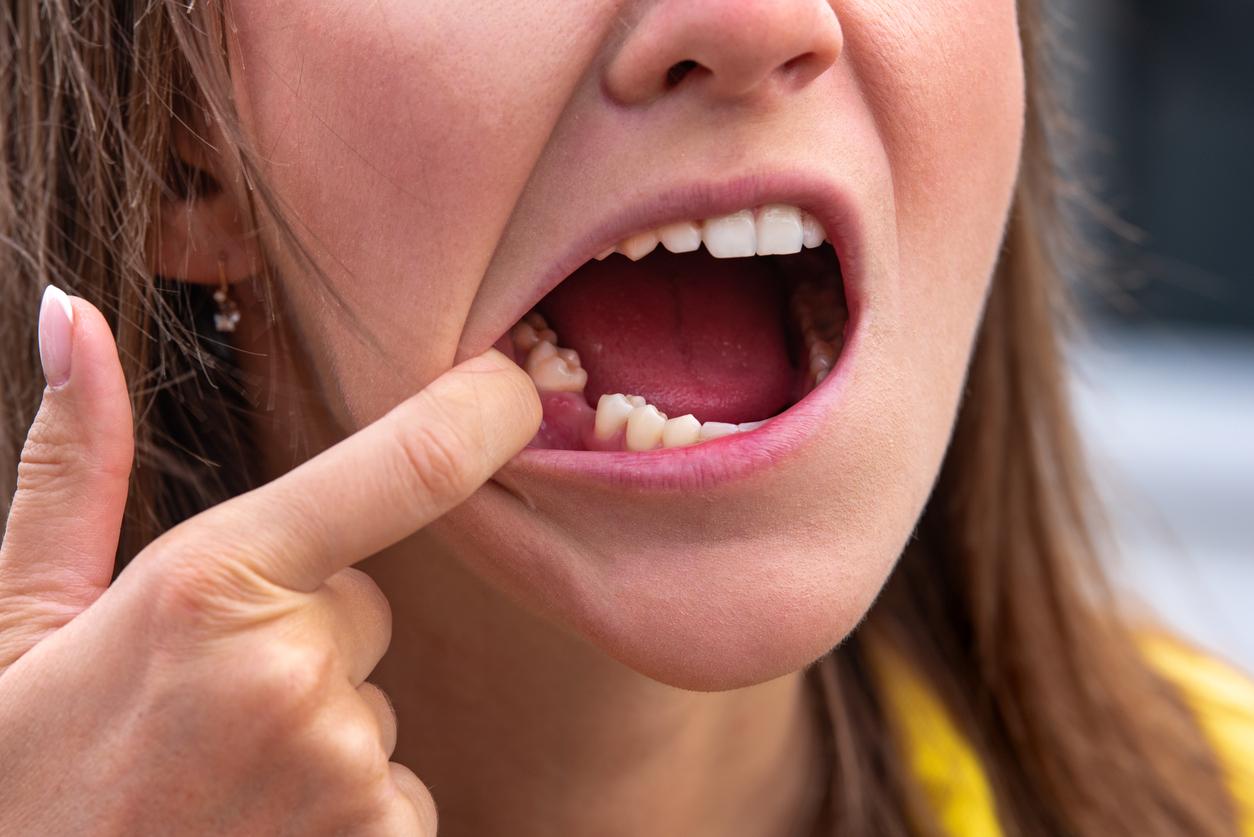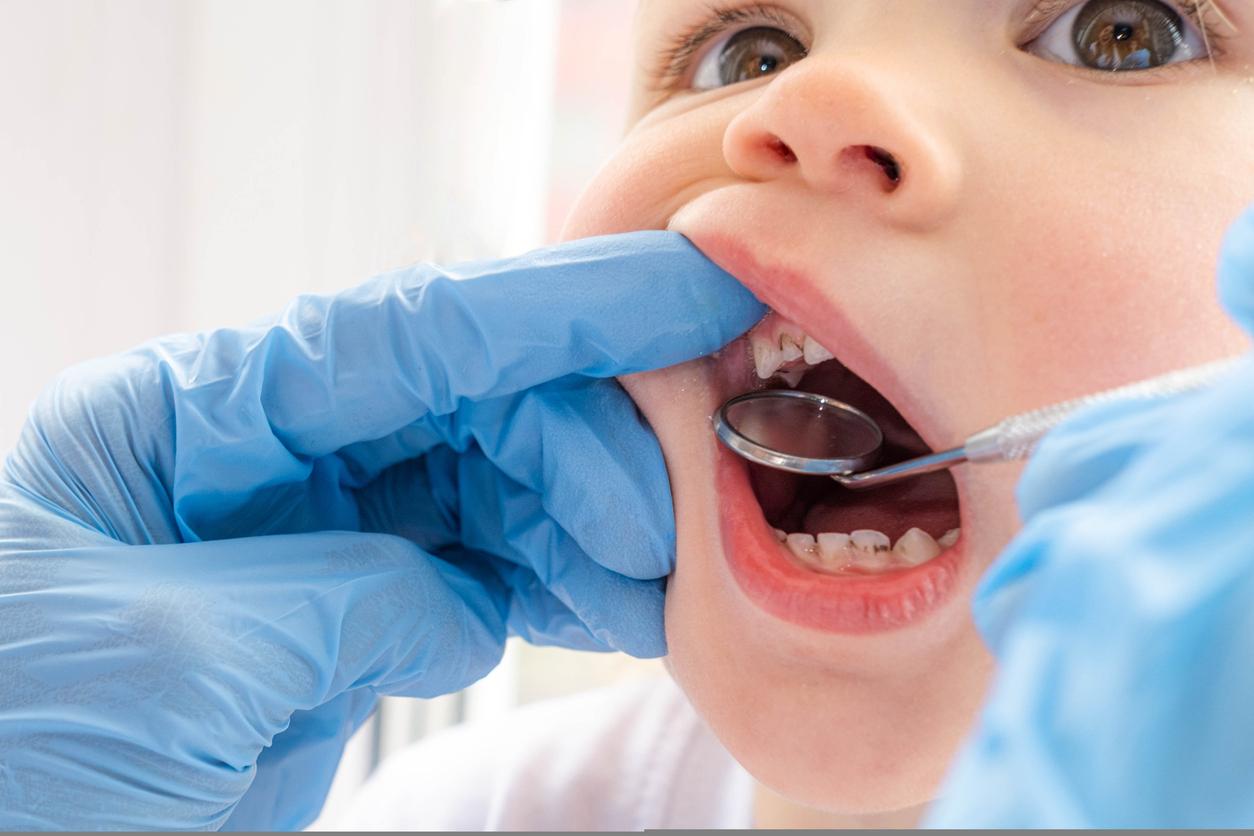A study reveals that people with a large number of cavities have a 32% reduced risk of developing oral or throat cancer.

While dental caries is generally associated with evidence of poor hygiene and oral health. A study which has just been published in JAMA Otolaryngology-Head & Neck Surgery shows that people who have a lot of cavities would have a significant medical benefit. Indeed these American works highlight for the 1time time that the presence of cavities could decrease the risk of developing cancer of the mouth and throat.
Cavities reduce risk of this type of cancer by 32%
To come to this conclusion, the team of scientists compared 399 patients over the age of 21 who had been diagnosed with head and neck cancer to 221 people who did not have cancer. As a result, participants who had the most cavities had a 32% reduced risk of developing oral or throat cancer. To explain this result, these American researchers believe that one of the bacteria that grows in diseased cavities probably prevents cancer cells from developing. This bacterium would secrete lactic acid, a substance present in particular in yogurt, which could therefore be responsible for this protection against this type of cancer.
Results to be confirmed in larger studies
These results are of course preliminary and deserve to be confirmed in other studies. Moreover, some oral health specialists are already criticizing this work, specifying in particular that the sample of patients included was too small. Other specialists add that even if this study shows a possible link, it is not necessarily a cause and effect link. Reviews that do not prevent the authors of this publication from getting excited and concluding that they have highlighted a mechanism that could protect against oral cancer, and even perhaps the beginnings of a potential strategy for prevention or treatment of cancers of the oral cavity. The next step for these researchers will be to find a way to harness the beneficial effects of this lactic acid without allowing it to cause cavities.
.

















